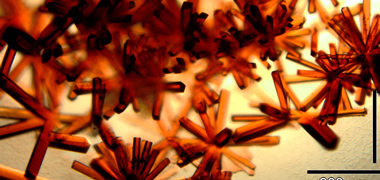-
Courses

Courses
Choosing a course is one of the most important decisions you'll ever make! View our courses and see what our students and lecturers have to say about the courses you are interested in at the links below.
-
University Life

University Life
Each year more than 4,000 choose University of Galway as their University of choice. Find out what life at University of Galway is all about here.
-
About University of Galway

About University of Galway
Since 1845, University of Galway has been sharing the highest quality teaching and research with Ireland and the world. Find out what makes our University so special – from our distinguished history to the latest news and campus developments.
-
Colleges & Schools

Colleges & Schools
University of Galway has earned international recognition as a research-led university with a commitment to top quality teaching across a range of key areas of expertise.
-
Research & Innovation

Research & Innovation
University of Galway’s vibrant research community take on some of the most pressing challenges of our times.
-
Business & Industry

Guiding Breakthrough Research at University of Galway
We explore and facilitate commercial opportunities for the research community at University of Galway, as well as facilitating industry partnership.
-
Alumni & Friends

Alumni & Friends
There are 128,000 University of Galway alumni worldwide. Stay connected to your alumni community! Join our social networks and update your details online.
-
Community Engagement

Community Engagement
At University of Galway, we believe that the best learning takes place when you apply what you learn in a real world context. That's why many of our courses include work placements or community projects.
April 2012 ‘Scouting’ Molecules Give New Direction for Drug Development
‘Scouting’ Molecules Give New Direction for Drug Development
Monday, 30 April 2012

New insights into the behaviour of molecules could have major implications for the design of drugs that block protein interactions. A team of researchers led by Dr Peter Crowley at the National University of Ireland Galway has revealed in intricate detail how a drug-like molecule can explore the surface of a protein.
The pioneering work was published by Nature Chemistry online (Sunday, 29 April) and will appear in the June issue of the journal. It was found that molecules scout around the protein surface, moving from one location to another constantly examining their surroundings.
For the past thirty years, drug design has been dominated by the search for small molecules that fit perfectly into a protein’s active site and modify its activity. Recently, the focus of attention has shifted to molecules that recognise and bind to the protein surface. Such molecules can camouflage the protein and prevent it binding to other proteins. Knowledge of these interactions is essential to the development of therapies that target undesirable protein interactions such as occur in Alzheimer’s disease.
“Inside every cell thousands of different proteins work together, like the parts in a machine, to sustain life. How proteins stick to one another and to other molecules is a crucial piece in the complicated puzzle of biochemistry and often the key to effective drugs”, explains Dr Crowley.
The researchers chose a negatively charged molecule called calixarene and a protein with lots of lysine amino acids, which are positive. The opposite charges cause a force of attraction between them. Using sophisticated analytical methods, Nuclear Magnetic Resonance (NMR) spectroscopy and X-ray crystallography, Dr Crowley and colleagues were able to visualise how the calixarene sticks to the protein surface.
“Another feature of the calixarene is its bowl-shape. Lysine can fit snugly inside the calixarene, which ensures that an interaction takes place”, adds Dr Crowley. “It turns out that the calixarene binds to several different lysines and explores the protein surface by hopping from one lysine to another. The result is exciting because it adds a new dimension to our understanding and provides drug designers with an alternative strategy.”
Dr Crowley emphasised the importance of funding basic research and acknowledged the support of the National University of Ireland Galway and Science Foundation Ireland. The project was a collaborative effort that involved the European Synchrotron Radiation Facility and Dr Amir Khan at Trinity College Dublin.
To view the video on the research click here
-ends-
Keywords:.
Author: Marketing and Communications Office, NUI Galway
« Back















